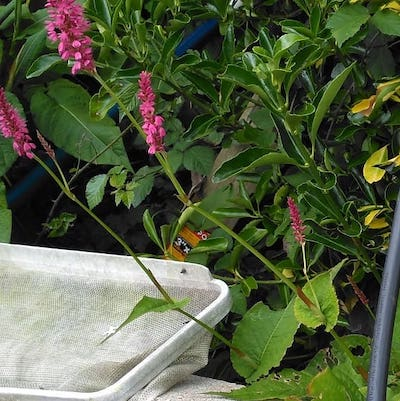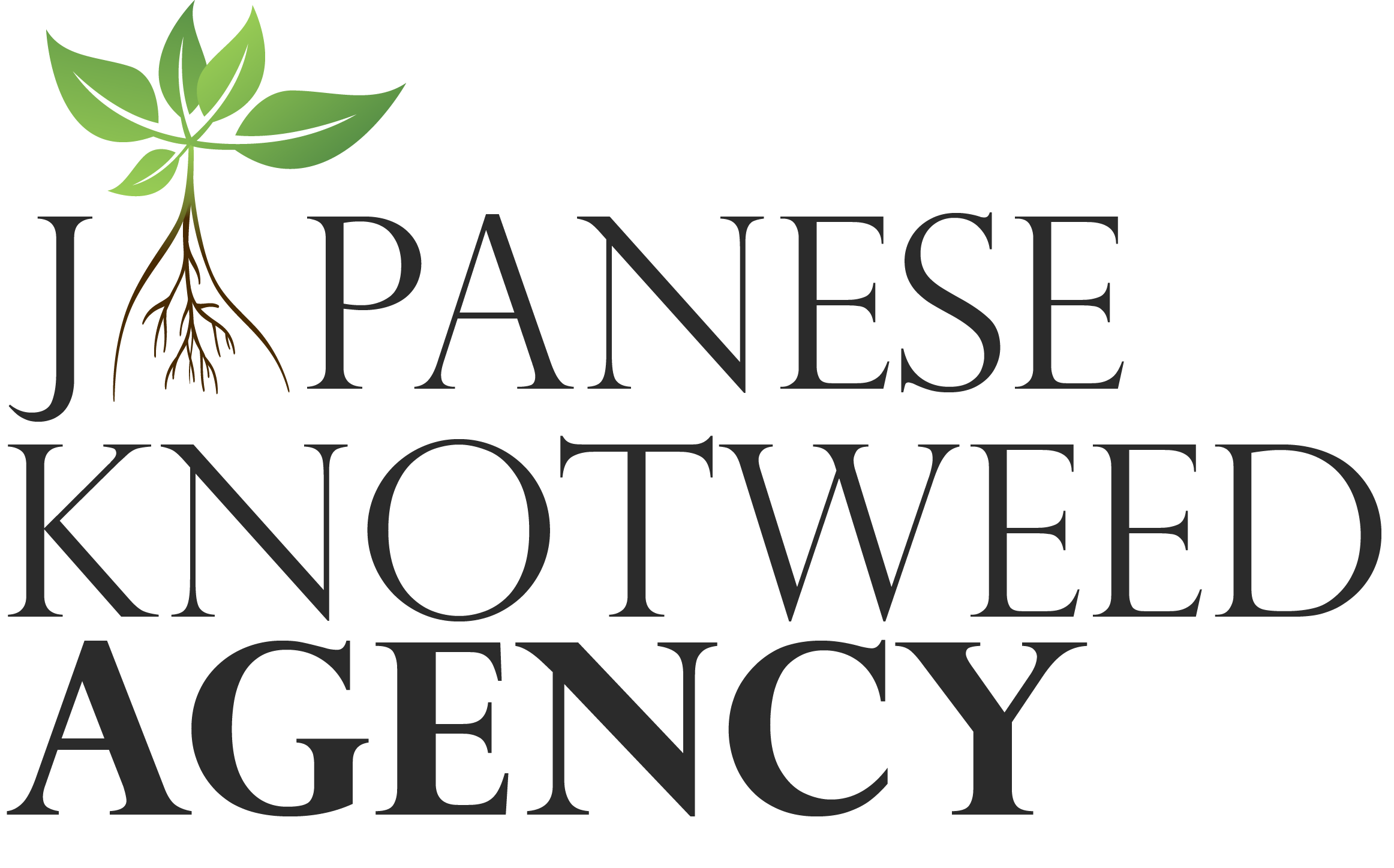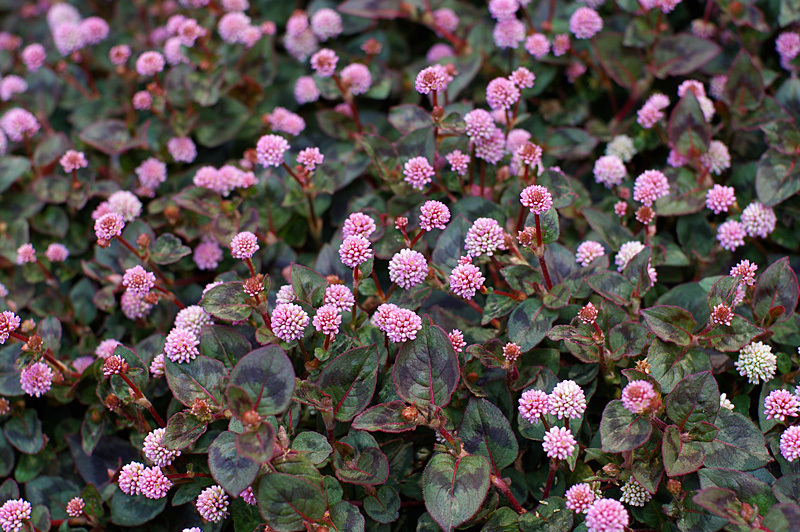A NEW TYPE OF KNOTWEED?
Many people have been contacting us regarding a pink form of knotweed which has been causing some confusion amongst gardeners and property owners.
There are several species of knotweed which take distinct forms and appear in many sizes. Some are relatively harmless, but the pink variety is considered an invasive species by the U.K. government.
Pink knotweed proliferates rapidly, creating a thick carpet of vegetation which supresses the growth of other plants.
Although pink knotweed evolved in harsh, high-altitude environments, it is extremely adaptable and is happy growing in both boggy, wet ground and drier, sandy soils. Depending on local conditions, it can be either annual or perennial, and even evergreen in warmer climes.
IDENTIFICATION
It is distinct from Japanese knotweed in several ways:
Usually grows to only 6in (15cm) high
Spreads horizontally to about 5ft (1.5m)
Prefers wet ground, but will grow almost anywhere
Forms a dense ground cover
Smells of urine
Leaves are elongated and range from 2in in an annual to 11in in a perennial specimen. The edges are a dark red, as are the stems and the “v” shaped marking on the leaf surface.
Small, pink globular flowers, which protrude above the foliage.
If you are unsure whether the suspect plant or weed is indeed Japanese Knotweed of a kind, you can submit a photograph to us here at the Japanese Knotweed Agency and one of our surveyors will assess and confirm whether it is or isn’t Knotweed, typically within just a few hours. Use our free identification service here.
DEALING WITH IT
Pink knotweed can reproduce both vegetatively and sexually, depending on local conditions. Like the better-known Japanese knotweed, it spreads by extending new shoots from a large, underground rhizome. Unlike its Japanese cousin, it can also reproduce by setting seed.
It’s vigour and adaptability mean that it can be difficult to control or eradicate. Any small piece of the rhizome which is left in the soil can lie dormant for years before growing into a new plant.
There are three options for getting rid of a knotweed infestation:
Herbicide:
Chemical spraying will kill off the above-ground growth and slow the spread.
Excavation:
Digging out and removing contaminated soil should be undertaken by specialists, as small pieces of root can grow into whole new plants, and transport and disposal of the waste requires specialised licences.
Electro-thermal treatment:
A powerful electric current is sent through the plant, from the stem, through the roots and into the soil. This causes the water in the plant to vaporise, disrupting the plant’s tissues, and effectively removing any moisture the weed would use to grow rendering it in a dried/dead state. Unlike herbicidal treatments, this new electrical method gives immediate results and uses no harmful chemicals. The electro-thermal treatment because it uses up to 5000V spreads from the stem right across the vast underground root system and is ultimately the most effective treatment available in the UK. Whilst this treatment is fairly new in the UK, Prince Charles is said to own one and uses it on the Royal estates, and Transport For London (TFL) have used the machines with massive results throughout 2022.
Japanese Knotweed Agency are so impressed with the technology and results that we will start to offer this effective treatment in early 2023 direct to homeowners who are affected by Japanese Knotweed.

If you have any questions or concerns, please contact:
- contact@japaneseknotweedagency.co.uk
- Japanese Knotweed Agency, Hexagon Tower, Crumpsall Vale, Manchester M9 8GQ
- Freephone: 03335 777 888
- Monday / Friday: 9:00AM to 5:00PM
Saturday / Sunday: 9:00AM to 5:00PM – by email or voicemail
Public Holidays: Closed (Email only)


